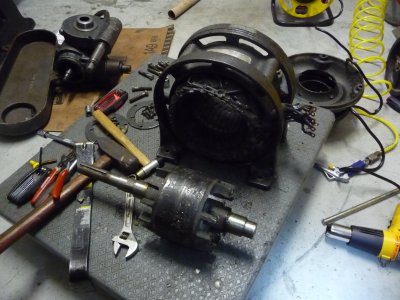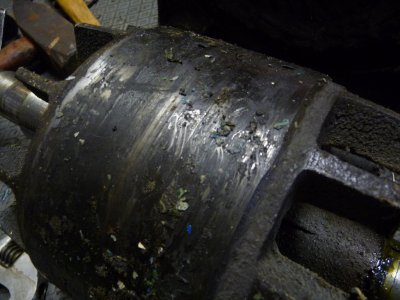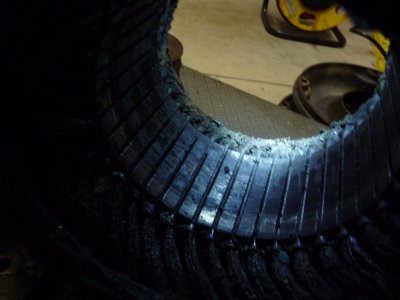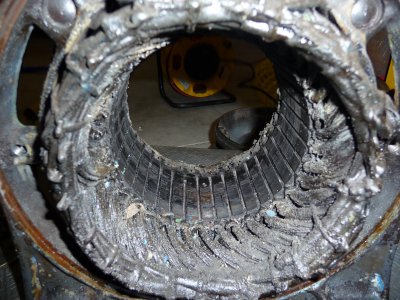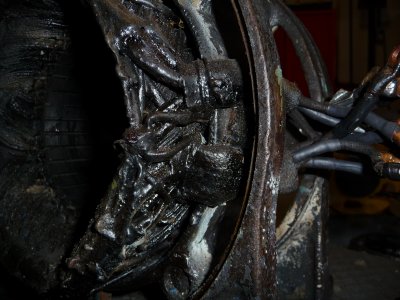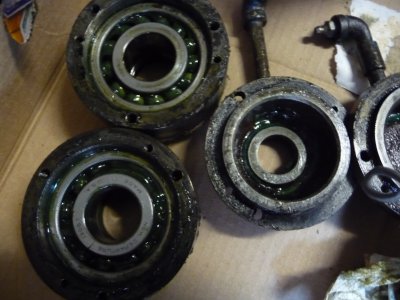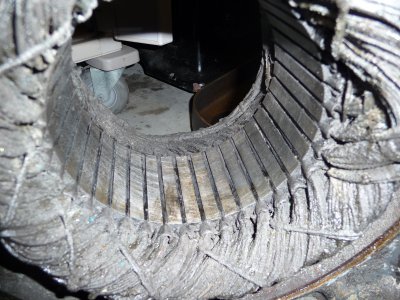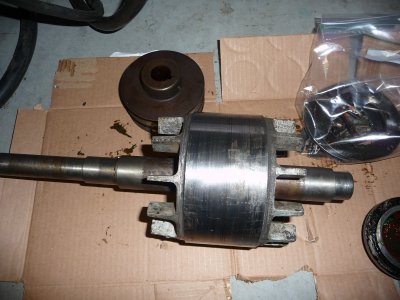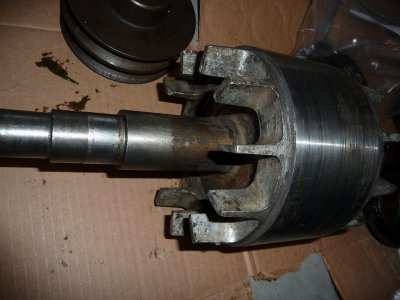- Joined
- Jun 21, 2012
- Messages
- 193
LONG STORY:
Well, I got everything moved and put back together in my new shop. Been using the VN12 for various small projects like drilling and squaring up parts. I noted the motor didn't work great, but it worked adequately, so I didn't think much about it...it didn't heat up or smoke, etc.
Fast forward to a few weeks ago; I sold a SB 9" lathe and got a much nicer 13"....I hooked everything up, assuming it was set up for 3ph 220v...after having power problems and smoke, I finally realized it was wired for 440v. Once I rewired it, it worked fine.
Since I was fiddling with everything else on 3 phase, I began to think My RPC was running awful loud and I got busy trying to balance it. I got her balanced out nicely and the motor runs smooth and quiet.
This week I needed to use the VN12 but found it would no longer run! After digging around, I found that IT TOO had been wired for 440v and I had been running it on 220v all along.
The problem is that I can confirm the RPC is working well because the lathe works perfectly. The motor on the VN 12 hums but doesn't turn....I have properly wired it for low voltage, etc. Not sure what to do? I really think I should keep the motor since it is aesthetically part of the machine. Probably can't afford a professional rewind (I hear quotes of $500+)...I looked at how to DIY a rewind, but materials alone are close to $200.
Does anyone have any suggestions?
Well, I got everything moved and put back together in my new shop. Been using the VN12 for various small projects like drilling and squaring up parts. I noted the motor didn't work great, but it worked adequately, so I didn't think much about it...it didn't heat up or smoke, etc.
Fast forward to a few weeks ago; I sold a SB 9" lathe and got a much nicer 13"....I hooked everything up, assuming it was set up for 3ph 220v...after having power problems and smoke, I finally realized it was wired for 440v. Once I rewired it, it worked fine.
Since I was fiddling with everything else on 3 phase, I began to think My RPC was running awful loud and I got busy trying to balance it. I got her balanced out nicely and the motor runs smooth and quiet.
This week I needed to use the VN12 but found it would no longer run! After digging around, I found that IT TOO had been wired for 440v and I had been running it on 220v all along.
The problem is that I can confirm the RPC is working well because the lathe works perfectly. The motor on the VN 12 hums but doesn't turn....I have properly wired it for low voltage, etc. Not sure what to do? I really think I should keep the motor since it is aesthetically part of the machine. Probably can't afford a professional rewind (I hear quotes of $500+)...I looked at how to DIY a rewind, but materials alone are close to $200.
Does anyone have any suggestions?


